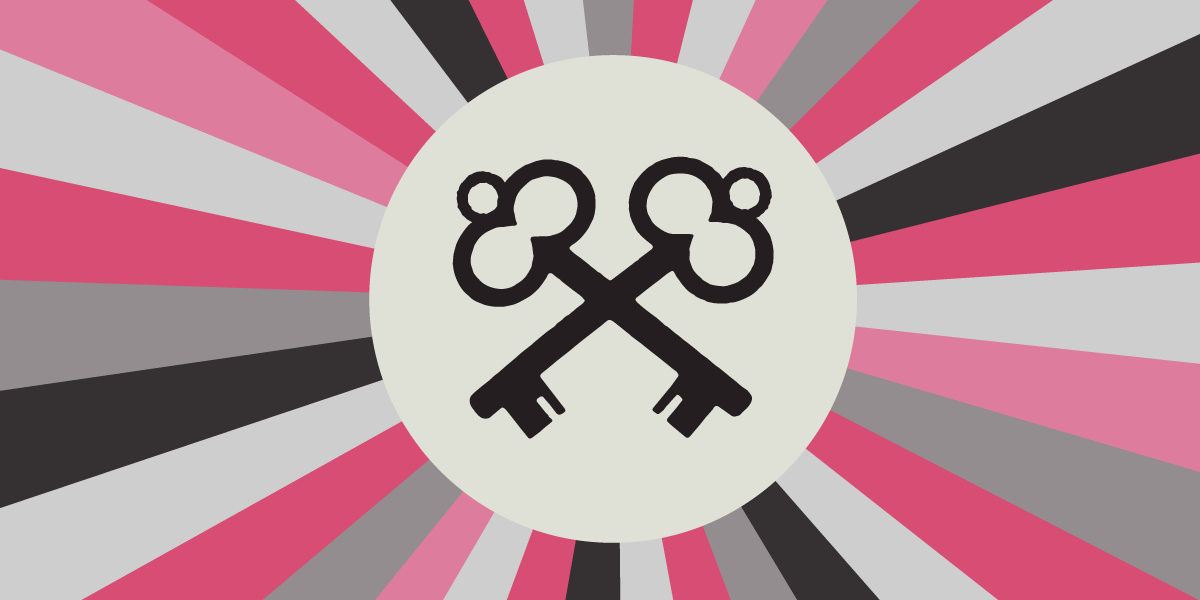- cross-posted to:
- privacy@lemmy.ml
- cross-posted to:
- privacy@lemmy.ml
EU Article 45 requires that browsers trust certificate authorities appointed by governments::The EU is poised to pass a sweeping new regulation, eIDAS 2.0. Buried deep in the text is Article 45, which returns us to the dark ages of 2011, when certificate authorities (CAs) could collaborate with governments to spy on encrypted traffic—and get away with it. Article 45 forbids browsers from…



Cryptography works. At least until sufficiently powerful quantum computers arrive, TLS reliably ensures confidentiality between your browser and the server. No one else can snoop on the data transmitted via that connection.
But are you connected to the right server? Without some kind of authentication, any adversary in the middle (such as your ISP) could impersonate the real server.
That is where certificates come in. They are issued by neutral certificate authorities (CAs) that check the identity. It works something like this:
What kind of checks are done depends on the CA. I’ve obtained certificates by appearing in person at a counter, showing my government ID, and filling out a form. Nowadays more common is the ACME protocol which enables automated certificate issuance. With ACME, the CA connects to the server from multiple network locations (making interception unlikely) and checks if the server provides a certain authentication token.
To know which certificates are valid, browsers must know which CAs are trusted. Browser makers and CAs have come together to create an evolving standard of minimum requirements that CAs must fulfill to be eligible for inclusion in the browser’s default trust store. If a CA violates this (for example by creating certificates that can be used for government traffic interception, or by creating a certificate without announcing it in a public transparency list), then future browser versions will remove them, making all their certificates worthless.
eIDAS 2 has the effect of circumventing all of this. There is to be a government-controlled CA (already high-risk) that has its own verification rules set by legislation (does not meet industry standard rules). And browsers would be legally forced to include the eIDAS CAs as “trusted”.
This puts browsers in a tough spot because they’ve resisted these kinds of requests from authoritarian regimes in the past. But now the world’s largest trade bloc is asking. Browsers can comply or leave the EU market, or maybe provide a less secure EU edition? Awakens uncomfortable memories around the failed US attempts at cryptography export control (cryptography is considered a munition, like hand grenades or ballistic missiles).
It is plausible that the EU is doing this with good intentions: having a digital identity scheme is useful, it makes sense for identity to be government-controlled (like passports), and such a scheme will only see success if it sees industry adoption. The EU has also seen that hoping for voluntary industry adoption doesn’t generally work, e.g. see the USB-C mandate.